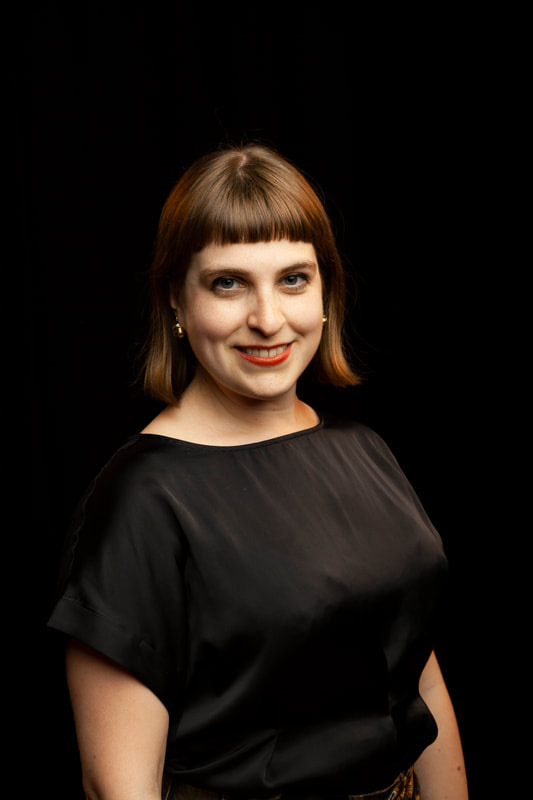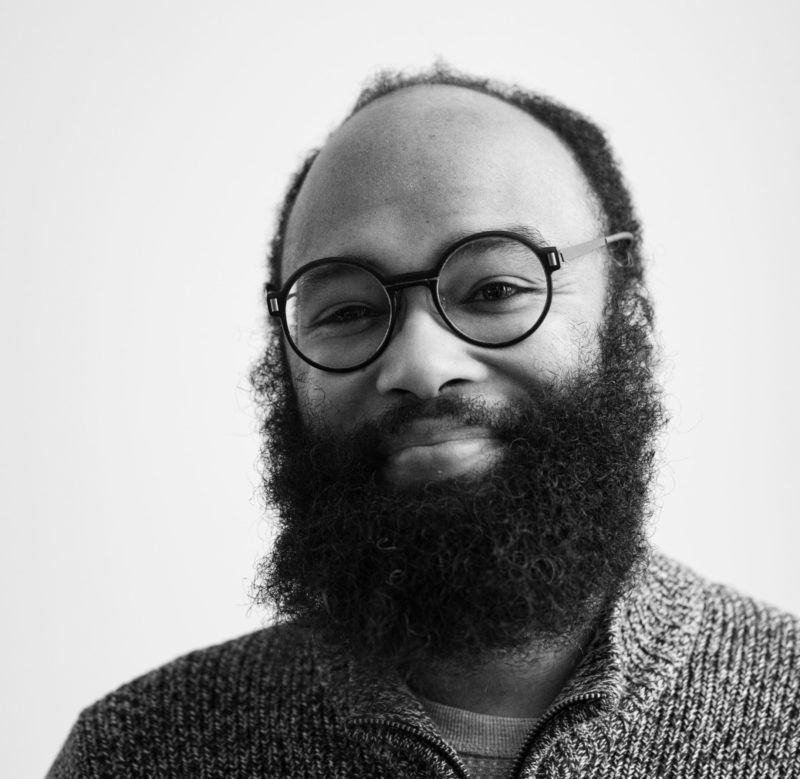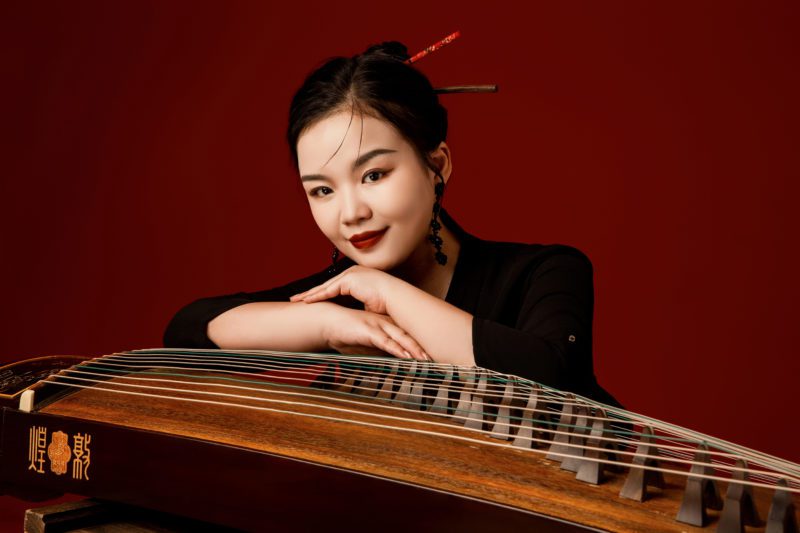
The third movement of Dutilleux’s Piano Sonata, the Choral et variations, is a virtuosic exploration of the range of colours, articulations, and moods that can be extracted from a piano, through the medium of the theme and variations. I performed this movement in my final recital as an undergraduate piano major at the Université de Moncton. Throughout my piano studies, I had always gravitated towards the French impressionist and 20th century Russian composers. I loved the suspended sound world of Debussy and the angular and percussive rhythms in Prokofiev. It was with absolute delight that I discovered the Choral et variations, which perfectly melds the French colours and percussive rhythms of which I was so fond.
Working on this piece did not only stretch me technically as a pianist (and it really did!), but it also pushed me to further explore the extremes of the instrument. There are occasions to push the piano to the limits of its resonance, as in the very opening, occasions to sparkle, and occasions to create the type of veil of sound so typical of French composers. On top of all that, there are rhythmical sections in the movement that have a real drive, and sometimes, a swing! I loved how these more percussive sections could be felt in my entire body, and I can still feel that physical connection while listening to the piece now.
Having moved on to working as a collaborative piano soon after this recital, and now as a conductor, I never had the opportunity to perform the Choral et variations again. The experience has however stayed with me, and I have gained a lot from the time I spent studying Dutilleux. I continue to be curious about the possible range of colours in music, as well as the influence rhythm can have on our visceral experience of music. Additionally, this piece has pushed me down dual rabbit holes, sending me on an ongoing exploration of both 20th century and French repertoire, and the sweet spot where the two meet.



